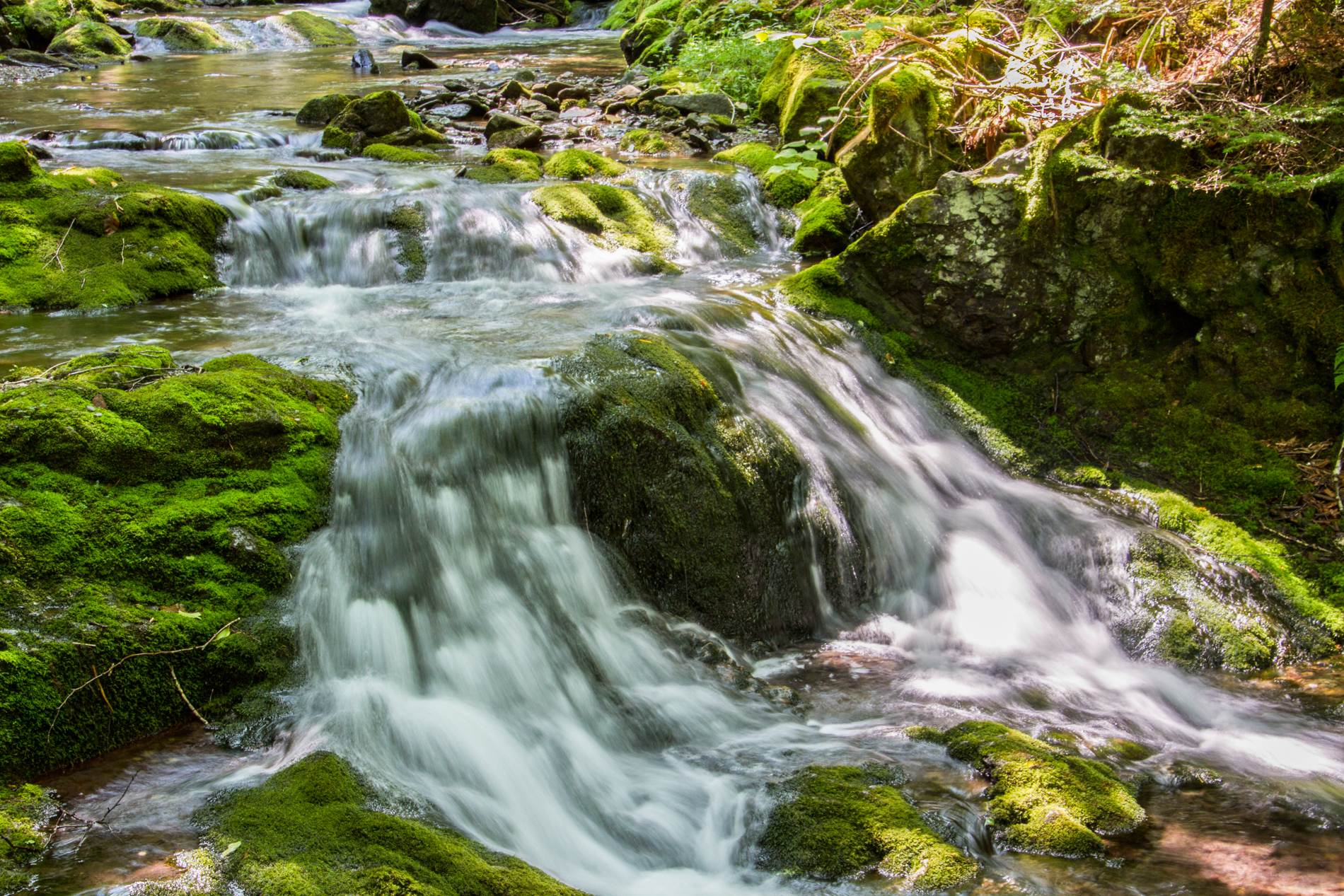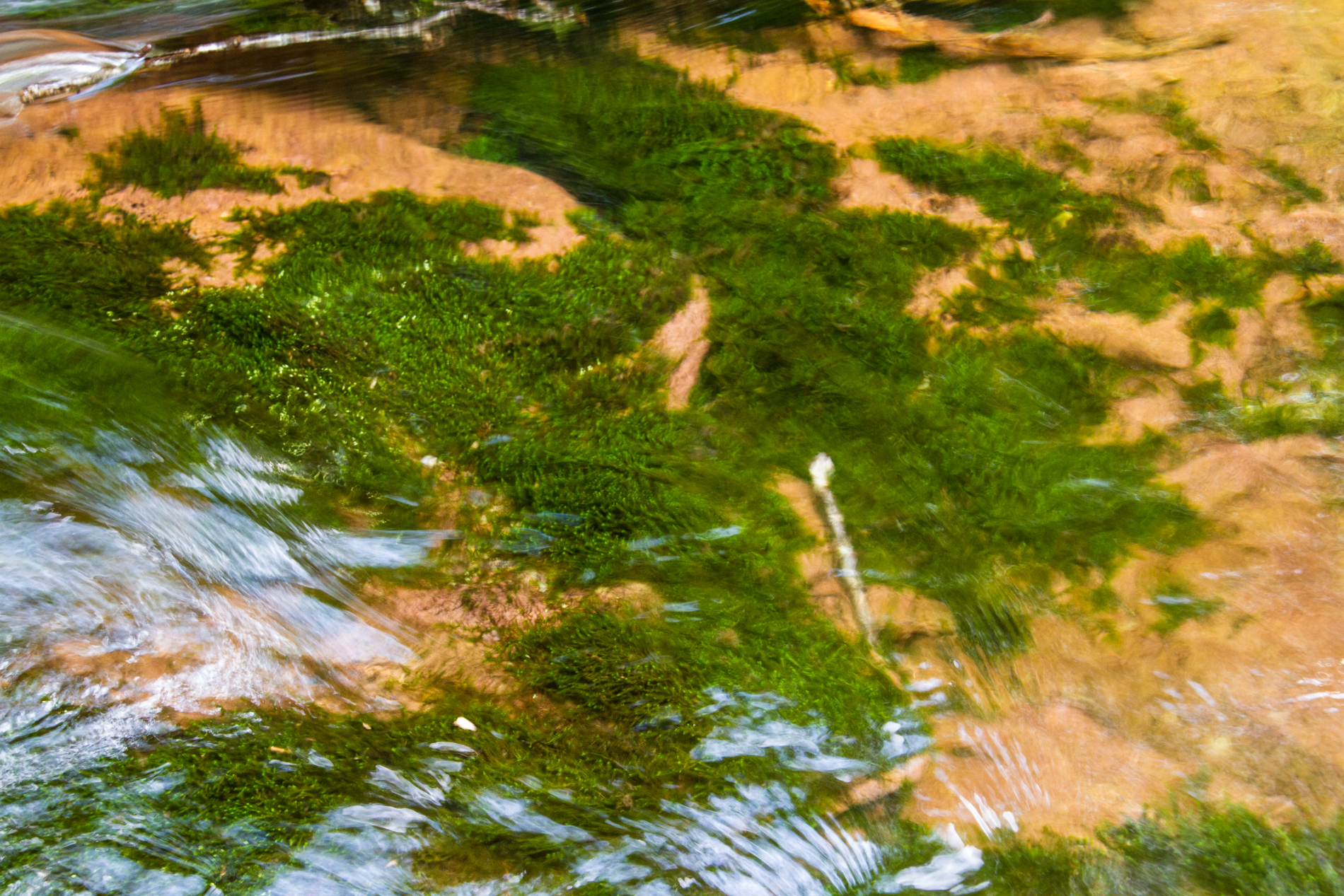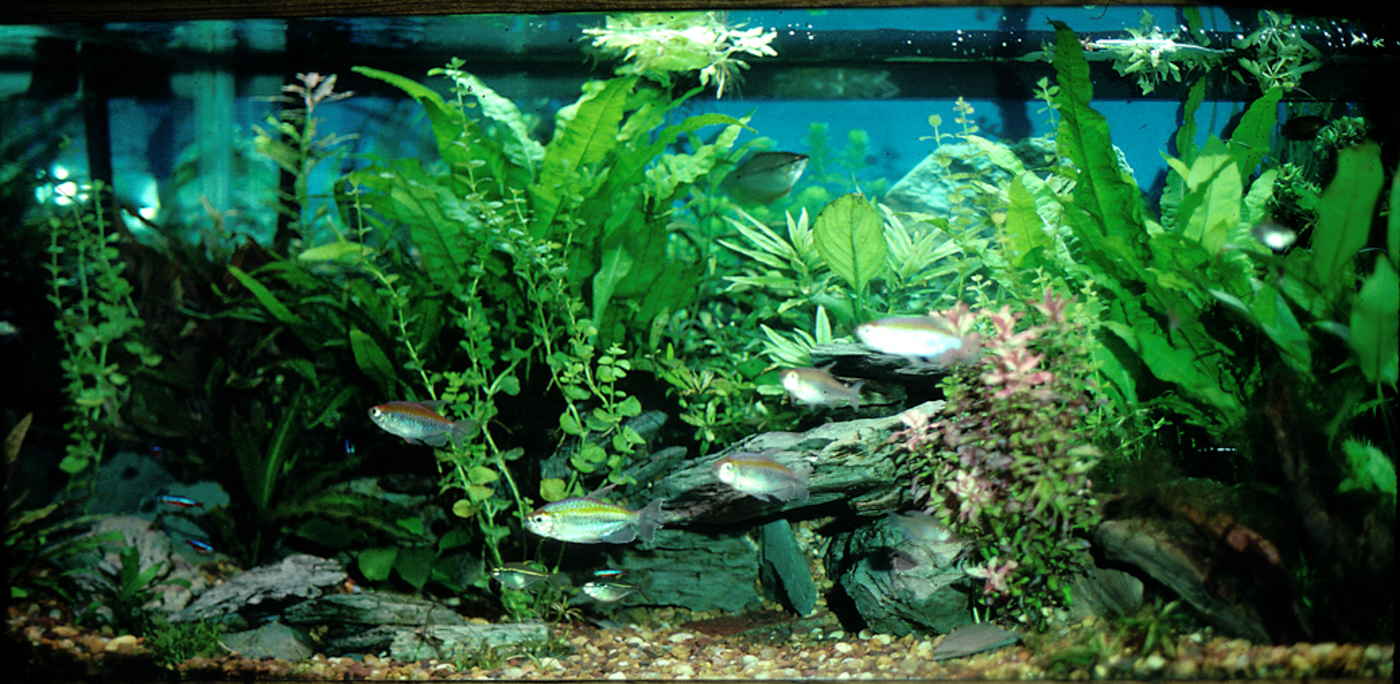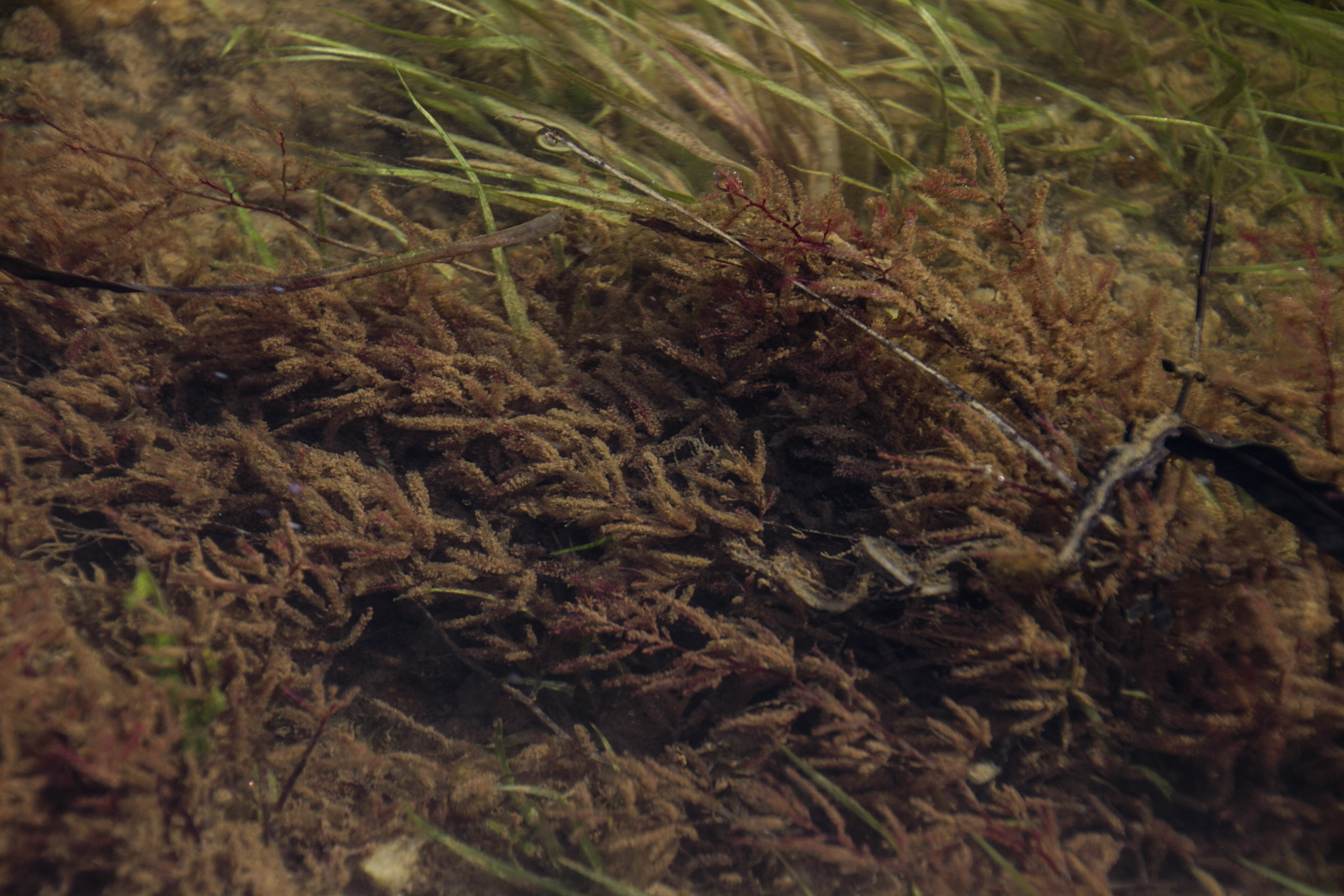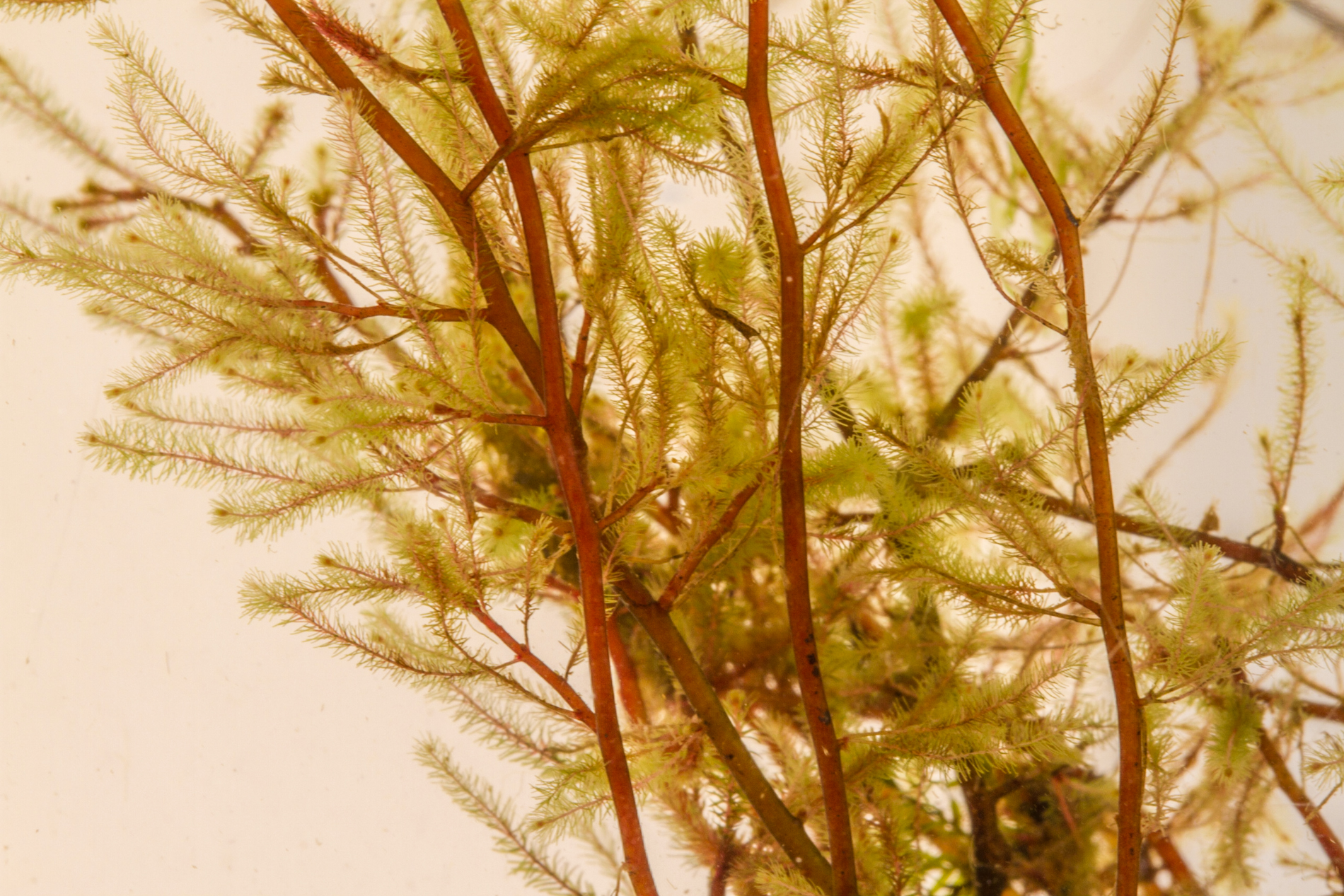The ferns and many Aroids that we use in aquariums are all seasonally rheophilic. They are called facultative rheophilics. They live on the banks of either waterfalls or seasonally fast-flowing waterways. Bucephalandra (also facultative rheophilics) is a bit different than others that we use because their environment can change daily or even hourly with the very fast change of stream depth and force in the rainforest.
Streams and rivers with Rheophilic plants in Taiwan, Borneo and Thailand. All have much deeper, faster water, depending on the season.
Mosses are even more different. In nature, most can attach either to soil or to wood or rock. (so some could be considered epiphytic) But most are not rheophilic. Though many grow in rocky streams with more moderate flow, most can’t withstand really fast water flow. While some do grow on river rocks, only the base, tight against the rock, would survive in fast flowing water in the rainy season.
Borneo, Taiwan, Thailand. In these settings, the moss is tight against the rocks, because it can withstand both emersed/humid and submersed, fast water conditions in this state. The center (Taiwan) photo is interesting because of the different species seen. What looks like a liverwort is probably the gamete form of the ferns that are starting to emerge on the face of this rock.
Many of the most beautiful mosses and “moss scapes” in nature are in temperate areas, with short summers and cool temperatures. These were taken on the Bay of Fundy in Canada. Alas, these mosses, even those found in the water, rarely survive or look good for long in the aquarium.
Almost no aquarium plants (in fact, none other than some mosses that I can think of) are truly epiphytic. Epiphytes grow on (usually live) trees or larger plants. They take in nutrients directly from the air or from rainwater that falls/drips on them. (which makes them different from parasitic plants like mistletoe)
The plants we use in the aquarium grow almost exclusively on rocks or in heavy gravel in the wild, even though they oblige us by growing happily on wood in the aquarium. While many do not tolerate even SLIGHTLY anaerobic conditions around their roots, they do feed through their roots as well as their leaves, just like all other aquarium plants. There is a range among these plants too. While Java ferns are never happy with their roots in a soil substrate, in the "old days" when people commonly used heavy river gravel as the substrate in their aquariums, Java fern tolerated being "planted" in that, especially in tanks with undergravel filters, because they moved water through the substrate. (again, largely a thing of the past) With modern substrates, Java fern really needs to be attached to something above the substrate.
Anubias and Bucephalandra are different. While it is important not to bury the rhizome on these plants, they DEFINITELY can, and do feed happily via the roots, and the roots will find their way into the substrate on their own given the chance. While it is usually easier to place Anubias appropriately if you attach it to rock or wood, it is also entirely possible to "plant" Anubias in the substrate as long as you are careful ONLY to put the roots in the substrate, and not the horizontal green rhizome. Buce is a little more complicated because the roots are relatively short on these small plants. So burying the roots without burying the rhizome can be tricky. So for most people, it makes sense to attach the plant to a small stone and place it on the substrate, then let the plant grow out where it wants. Both genera will, however, also grow completely happily attached to structure higher up in the aquarium, as long as adequate nutrient levels are kept in the tank.
A (very) old tank, with large Java fern ‘planted’ in the heavy gravel substrate. There was nothing with any nutritional content in this substrate other than some mulm(which I dutifully sucked out fairly often) You can see, in this setting, the Java ferns are faring better than the plants that would do better with more nutrients in their substrate!
Obligate rheophytes are almost never kept in the aquarium. I say "almost never", because every time I post that, someone posts that they are keeping, or know someone who is keeping a true rheophyte in the aquarium. Certainly, on a commercial basis, these plants are never available, and I have yet t see evidence of anyone keeping them long-term.
True rheophytes inhabit EXTREMELY fast-flowing water and require that for good health. They can be found all over the world, from tropical climates to very cold climates, and are often extremely beautiful. Every time I have taken some, just to photograph in a photo tank, even a few hours later, packed carefully and kept cool, they start to deteriorate.
A true rheophyte, probably of the family Podostemacea, in the Thodaphuza River in Kerala, India. These plants are not good aquarium plants, and in spite of spotty, and usually short-lived reports of their use in an aquarium, none have ever made it into the commercial line-up of aquarium plants, and it is unlikely that they will with their very specialized requirements.
So the most correct term for ALL the "attach to something" plants we use in the aquarium is “facultative rheophyte”.








